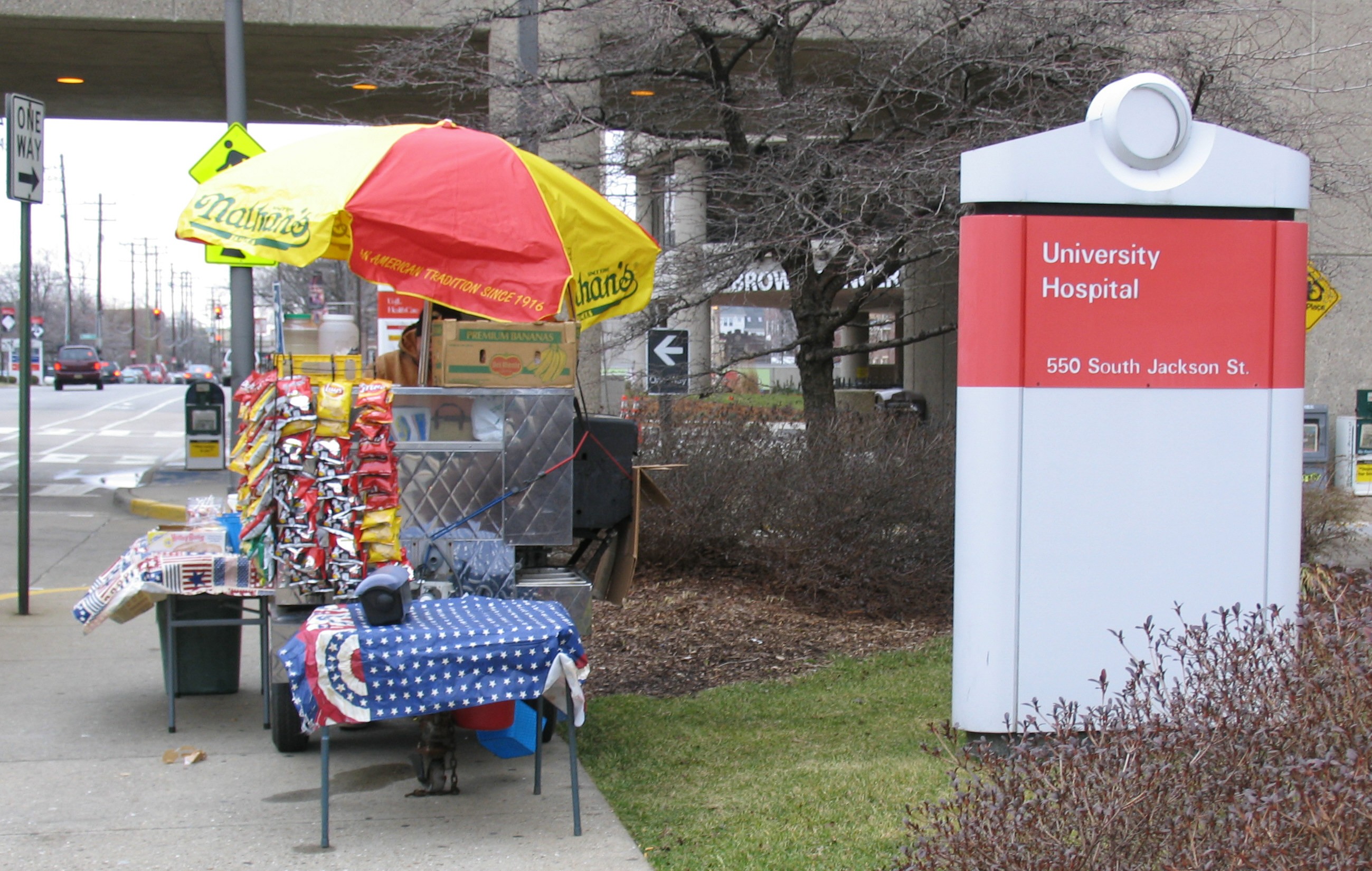
By Matthew Ralph
There are probably few sights in my mind more symbolic of problems with the American diet than watching a teenager with a baggy white shirt and crew cut folding a cheese-oozing quesadilla in half and shoving it long-ways into his mouth on the way to a minivan where the rest of his family is eating dinner in the parking lot of a Taco Bell.
Unfortunately, scenes like this are all too common when the nearest bus stop to your work is in front of a Taco Bell and the sounds of a McDonald’s drive-thru are audible all hours of the night in your second floor home office.
Fourth meals (as Taco Bell advertises them) like the one crew cut kid and his family partook of are only one example of how we consume food within a government-subsidized industrial complex that makes it economically wise (in the short term at least) to see how fast you can recklessly shovel food-like substances into your mouth.
As much as I cringe at the sight, crew cut kid and his family are not alone in their eating habits. According to an unpublished study cited in Michael Pollan‘s 2008 book “In Defense of Food,” a fifth of eating among 18-to-50-year-olds takes place in cluttered minivans, luxury sedans and other motor vehicles.
When grease-peddlars can park their hot dog stands outside the Emergency Rooms of hospitals and still make enough money to keep coming back day after day, it’s obvious that the simple advice given by Pollan in the subtitle of his aforementioned book is not taken seriously by a lot of Americans:
“Eat food. Mostly plants. Not too much.”
This so-called economic swoon we find ourselves in and tempting ads like the truth-stretching one for KFC’s $10 meal challenge it has spawned are only making Pollan’s food gospel less and less appealing to the average American.
Why take your time to cook a balanced meal at home when you can eat greasy fried chicken and biscuits for less money in way less time?
Pollan has a lot of good answers for that question in his 205-page follow-up to his stomach-turning revelatory best-seller “The Omnivore’s Dilemma.” One is to imagine your great-grandmother is walking with you as you push your cart down the aisles of the grocery store. If she recognizes a product and the ingredients contained there’s a good chance it’s more food than food-like substance. If she doesn’t, there’s an even better chance it’s a cocktail of sweeteners, additives and preservatives.
A quick and worthwhile read, “In Defense Of Food” supports the practical advice with more stomach-turning realities of the government’s sordid history of missteps that allowed so much of what we put in our grocery cart or order in drive-thrus to have more in common with the periodic table of elements than the whole foods our grandparents enjoyed.
As the story unfolds, Pollan forces readers – even supposedly healthy ones – to look closer and more intentionally at the way clever marketing and government inaction has created a society either completely ignorant to the contents of their food or overly obsessed with eating by numbers and nutrition that is fatter and less healthy than it has ever been, something Pollan refers to as the American Paradox.
While it’s unlikely that crew cut kid and his family will be pondering the unpronounceable ingredients of his cheesy quesadilla any time soon, the practical advice to eaters and more importantly moms and dads who will have the power to influence future generations of eaters either by feeding their families High-Fructose Corn Syrup-laced crap in their car or taking some extra time to prepare and serve food around a dinner table holds the power to upset the apple cart.
For that, Pollan’s words are worth heeding carefully even if the result falls short of the easy to do if you’re in the upper-middle-class utopian picture he paints.
Leave a Reply